The German defenses of Normandy and Antwerp on D-day
Which was ripe for Allied invasion in 1944?
Read the other articles in my series on Invasion Antwerp 1944 (an alternate military history):
Invasion Antwerp 1944 (intro article in the series)
German defenses at Antwerp compared to Normandy (this article).
How would the German army respond? (upcoming)
In this article, I will be comparing the German defenses of the following two regions:
Lower Normandy (which is where D-day actually took place).
My proposed alternative region to invade on D-day, including:
The city and port of Antwerp
Zeeland (the extreme southern coast of the Netherlands)
Walcheren island (at the entrance to the Scheldt river, which leads to the port of Antwerp)
South Beveland island (on the north bank of the Scheldt estuary)
North Beveland island
Note: this map below is for the battle in real life Battle of the Schedt when the Allies finally cleared the region of German troops in Oct/Nov 1944. The flooded regions on the map were flooded long after D-day, so would not have been a factor in a direct amphibious assault.
German Infantry units
Antwerp
Below are the official records for German defenses in and near Antwerp on June 5, 1944. Keep in mind that none of these units were anything like the feared Wehrmacht units who fought on the Eastern front.
Every unit was sub-par in both quantity and quality. Many were brand-new units that were just getting to know each other. And almost all were either non-German or middle-aged soldiers who were too unhealthy to fight on the Eastern Front.
712 Static division in Zeebrugge, Belgium. Zeebrugge is the small port with the red pin on the map above. Zeebrugge is on the extreme west side of my proposed landing beach which stretches 20 miles (32 km) eastwards to Breskens.
The 712 Static division had only 6 Infantry battalions, and the unit had no combat experience. The 712 Static division would have single-handedly faced the amphibious assault on the mainland with no hope of reinforcement.
Below is a Table of Organization for the 712th Static division from: https://www.niehorster.org/index.htm
The exact disposition of this division is not recorded (as far as I can tell), but it seems logical to assume that 4-5 of those battalions would have been in beach fortifications strung out on the Zeeland coast. Most likely, the port of Zeebrugge would have been the most heavily defended. Perhaps 2 more battalions would have been in a reserve just behind the beaches.
Given the Static divisions had no organic trucks, it seems unlikely that more than a scattering of German troops were in the 40 miles (65 km) between the Zeeland beaches and Antwerp. So once the Allied amphibious forces cracked the beach fortifications, they would have a free run to at least the bridges and tunnels right next to Antwerp.
The 712 Static division would have to face 5 Allied divisions (with 45 Infantry battalions) on D-day plus another 5 divisions in immediate follow-on. The Germans would have been outnumbered at least 7:1 from the start, and the odds would have gradually worsened throughout the day. Plus they would have faced massive Allied air and naval gunnery support.
Since Static divisions lacked organic trucks, it is doubtful that the division could have done much more than fight in their beach fortifications until they found an opportune moment to surrender. Most likely, the 712 Static division would have disintegrated within the first day, if not by noon on D-day.
Here is how Samuel Mitcham Jr. described the 712 Static division in Zeebrugge in his book German Order of Battle Vol 1, 2, and 3:
“Organized as a static division on May 5, 1941, the 712th was sent to northeastern France in July and to the Demarcation line between occupated (sic) France and Vichy France in October. In the spring of 1942, it was posted to a sector of the Belgian-Dutch coast near Zeebrugge and remained there until autumn 1944, when the British and Americans arrived.”
165 Reserve division on Walcheren Island with only 8 Infantry battalions. In theory, Walcherin island was a critical blocking force for direct amphibious assaults on Antwerp.
The 165 Reserve division is likely the most powerful German unit that would have engaged Allied ground units on D-day. Notice that it was a Reserve division, not a front-line Infantry division. This undoubtedly meant that it was of lower quality. And we know from official records that it was under-strength.
Here is how Samuel Mitcham Jr. described the 165 Reserve division on Walcheren Island in his book German Order of Battle Vol 1, 2, and 3:
“This unit was formed in Olmütz, Moravia, as Replacement Division 165 on November 10, 1939, just after the invasion of Poland. Its Staff came from V Replacement Troop Command. During its early career it was responsible for training and replacement functions in the Wuerttemberg-Baden region. The division was stationed in the Protectorate (formerly Czechoslovakia) from November 1939 until September 1940, when it returned to the Third Reich. In early 1942, the 165th was transferred to the Epinal area of eastern France with only its training elements; as such it was the forerunner of the reserve division system, which was adopted throughout the army in the fall of that year. The division took part in the occupation of Vichy France in November 1942. It remained at Vesoul, southern France, for a time, before transferring to the Vlissingen area of southern Holland, where it was stationed until it was disbanded on July 17, 1944.”
Notice that the unit never faced combat until after D-day.
This force would have to face 1 Allied division with 9 Infantry battalions. Given that a 3-to-1 local superiority is typically what generals look for, this favors the German defenders. Keep in mind, however, that the 165 Reserve divisions would have faced:
Complete strategic and tactical surprise on D-day
Massive Allied air and naval gunnery support.
Their land-based supply would have been cut off immediately from the mainland by Polish paratroopers on South Beveland island.
Their seaborne supply via North Beveland island would have been cut off immediately by Allied naval and air forces.
I believe that Walcherin island was the only area near Antwerp where the Germans might have been able to put up a serious fight. I do not think that this would have changed the outcome of the battle.
In reality, once the coastal artillery and other heavy artillery on Walcheren Island had been knocked out, this one division could not have disrupted Allied minesweepers or shipping on the Scheldt estuary. If the initial amphibious assault failed to clear the entire island, the Allies could have settled down into a long siege of the island.
So even if the 165 Reserve division had been able to hold out for weeks, it probably would not have mattered much. Eventually, they would have been forced to surrender due to lack of supplies and continual pounding by Allied bombers, fighters, and naval gunnery.
136 Infantry in Antwerp with only 3 Infantry battalions. This force would have to face 2 Glider regiments and 2 Parachute regiments for a total of 12 battalions. The 136 Infantry would have been outnumbered 4-to-1 and most likely would have been asleep when the paratroopers entered Antwerp at dawn. By the evening, the advanced elements of 5 Allied ground divisions would have arrived in the city of Antwerp to help.
It is difficult to see how the 136 Infantry could have held Antwerp long enough to get support from the 1st SS Panzer division, who was more than 40 miles (65 km) away.
Here is how Mitcham described the 136 Infantry in Antwerp (I am adding bold text for emphasis):
“This unit was created in France on April 25, 1944, from the staff of Ostruppen 721. It was a special field administrative staff with responsibility for helping control and support eight companies of German troops with stomach problems. The 136th was sent to the Antwerp area in late May… All the infantrymen were limited duty soldiers suffering from stomach ailments. In September 1944, it retreated into Holland, where it was taken out of the line and disbanded on October 30, 1944.”
Notice that the unit was just days old in May 1944. And it is not even clear that this unit was in Antwerp in early May. It is quite possible that Antwerp had no German military units on May 1, 1944.
Even if the unit were in Antwerp on D-day, it is difficult to see how this unit could have fought off 12 battalions of elite Allied paratroopers who would likely have achieved total surprise. Most likely, the bulk of the unit would have been sleeping in bed. The would have been forced to fight without any real leadership or plan for how to deal with a sudden airborne assault. Their only chance was to hide within the city wall fortifications and hope for reinforcement from the 1st SS Panzer division, which was more than 40 miles (65 km) away.
48th Static division in Ostende with only 6 Infantry battalions (mainly Poles and non-Germans). This unit would have been 20 miles (32 km) from the edge of the Zeeland beachhead (between Knokke and Breskens). Since Static divisions did not have organic trucks, even moving the division 20 miles (32 km) in one day under Allied naval and air bombardment would have been a challenge.
It is not clear that the 48th Static division would played any role on D-day as they would have been trained to remain in their beach fortifications and they had little loyalty to Germany. Allied divisions could easily have cut them off and waited for them to surrender without much of a fight.
Here is how Mitcham described the 48th Static division in Ostende (I am adding bold text for emphasis):
“Formed in the West Flanders area of Belgium from the 171st Reserve Division on February 1, 1944, this unit included many Poles and other non-Germans. Its grenadier regiments were small and only had two battalions each. Initially posted on the Belgian coast, the 48th was transferred to France after the collapse of the Normandy Front and first engaged the Allies in the Chartres area in August. Inexperienced in battle, inadequately trained, and not particularly loyal to the Third Reich, the 48th Infantry did not perform well in combat.”
So if we total up all the above, we get only 18 Infantry battalions that would be engaged in combat on D-day. If you are particularly generous and add on the beach defenders of Ostende, then it comes to 23 Infantry battalions in the area.
Normandy
To keep this article at a reasonable length, I will not go into detail about each of the German army units in Normandy on June 6, 1944. I can summarize by saying that German infantry units in Normandy were far greater in number and quality than in the Antwerp.
The following German infantry units in Normandy were clearly superior to anything in the Antwerp area:
The 352nd Infantry division on cliffs above Omaha beach was composed of officers and soldiers with significant combat experience on the Eastern front. It had 10 Infantry battalions and 5 artillery battalions. It was this unit that made Omaha beach so bloody (as you can see from the movie Saving Private Ryan).
The 91st Air Landing division defending the interior from airborne assault had 9 Infantry battalions and 4 artillery battalions.
The 709th Static division defending Utah Beach and Cherbourg had 13 Infantry battalions and 4 artillery battalions.
The 243rd Static division defending the western Cotentin peninsula had 9 Infantry battalions and 3 artillery battalions.
The German infantry divisions that engaged in combat on D-day consisted of a total:
54 Infantry battalions (versus 18 in the Antwerp area)
22 Artillery battalions (versus 6 in the Antwerp area)
6 Anti-tank and Anti-aircraft battalions (versus none in the Antwerp area)
So in terms of German Infantry divisions, Normandy had approximately three times the strength as the Antwerp area. And all the above does not even consider the feared Panzer divisions.
German Panzer units
By far the biggest threat to the D-day invasion was the 9 Panzer divisions that functioned as a strategic mobile reserve on the Western front. Any one of those divisions could potentially disrupt the entire amphibious operation if they were able to attack the beachheads in the first few days.
The Antwerp area had only 1 Panzer division anywhere near the area: the 1st SS Panzer division, which was on rest, refit, and training of new recruits in Beverlo (43 miles or 69 km southeast of Antwerp). The 1st SS Panzer division was the only German fighting force of any significance near Antwerp. Stopping its counter-attack would have been critical to the success of the entire operation.
To rescue Antwerp, the 1st SS Panzer division needed to travel almost exactly the distance that Allied ground units would have had to travel from the Zeeland landing beach, and Beverlo was the target of a massive bombing raid at dawn on D-day. Given the surprise, its training status, the pre-dawn bombing raid, and having to fight through a hornet’s nest of Allied fighters, it is not clear that the unit could have reached the city walls of Antwerp on D-day.
Once the Allied airborne units controlled the city walls, the Panzers would have had great difficulty entering the city. This would have left Allied ground units plenty of time to destroy it in combat outside the city walls.
The situation in Normandy was completely different. Normandy had 2 Panzer divisions near the landing beaches plus three more Panzer divisions that could quickly reach the beach area. All these divisions were combat-ready and were tasked with counter-attacking Allied landings.
Fortunately for the Allies, General Rommel was in Germany on leave and Adolf Hitler and the German generals hesitated to deploy their Panzer reserves. Even after the landings, both were convinced that the Normandy landings were a feint intended to draw off German forces from the Pas-de-Calais.
The 21st Panzer division reacted the fastest and engaged Allied soldiers on D-day.
The 12th SS Panzer division was very close to the beaches, but was initially held back. It did not engage Allied paratroopers in Normandy until D+5 (June 10).
The Panzer Lehr division was initially held back and did not engage Allied soldiers until D+2 (i.e. June 8, 1944).
The 2nd and 116th Panzer divisions in Upper Normandy could have arrived on the front by D+2, but German generals were late in approving their movement, so their arrival was delayed.
In addition, the 17th SS Panzergrenadier division in Thouars (not on map above) engaged Allied paratroopers on D+5 (June 10).
A further five Panzer or mechanized Infantry divisions could have arrived in Normandy between June 18 and June 25, but most were never ordered to do so. All of these other divisions on the Western front (except for the 1st SS Panzer division in Beverlo) were closer to Normandy than to Antwerp.
In addition, all of the elite Airborne divisions were much closer to Normandy than to Antwerp.
Coastal Artillery
Another potential threat to Allied plans was German coastal artillery sinking transport ships on D-day. In reality, this turned out to not be such a problem as the Allied naval gunnery from battleships and monitors completely overwhelmed German coastal artillery.
When I started researching a potential invasion of Antwerp, I had assumed that Walcheren island was a fortress with a huge number of coastal artillery units. It is often described as such in the historical literature covering the actual Battle of the Schedlt in Oct/Nov 1944.
To my surprise, this was clearly not the case in May/June 1944. As with German army units, the coastal artillery was fewer in numbers in Antwerp than in Normandy.
Naval artillery: 130 for Normandy vs 48 for Antwerp
Rocket: 40 for Normandy vs zero for Antwerp
Railroad guns: 0 for Normandy vs 6 (only advantage for Antwerp area)
150mm+ artillery: 46 for Normandy vs. 25 for Antwerp
Given how little an impact the coastal artillery had on the Normandy assault, it is difficult to see how coastal artillery on Walcherin island and the Zeeland coast could have disrupted an attack on the Antwerp area.
Beach defenses
The beach defenses of Normandy have been documented in exhaustive detail, but I can find very little about the beach defenses of Zeeland and Walcheren island other than what is listed above. I see no reason to believe that their beach defenses were more powerful than the ones in Normandy, and it seems likely that they were significantly less powerful.
Either way, this seems far less significant than the categories of defenses listed above.
Naval mines on the Scheldt river
The one big advantage that the defenses in the Antwerp area had over the defenses in Normandy were naval mines in the estuary of the Scheldt river. These mines represented a major threat to shipping that was trying to dock in the port of Antwerp. The mines also prevented an amphibious assault in the actual estuary. In real life, it took Allied minesweepers three weeks to clear all the mines before the port of Antwerp could be reopened.
These mines, however, in no way interfere with an amphibious or airborne invasion. Once both of the banks of the Scheldt estuary were cleared of German troops, it was just a matter of time and resources to clear the mines.
Defensive terrain behind the beaches
Of course, the quantity and quality of German defensive units are not the only factor that matters. Geography is “the King of the Battlefield.”
While Allied generals thought that the geography of Normandy matched the open plains of most of Northwest Europe, they came in for a rude surprise on June 7, 1944. Behind the Normandy beaches lurked an unknown monster: the bocage!
The “bocage” of Normandy was an organic labyrinth of pre-made defensive fortifications that the Allies had to fight through yard by yard. Small German units could hide in the dense vegetation on one edge of a farmer’s field and ambush Allied units as they crossed open fields.
The bocage was so strong that even standard tanks and bulldozers could not bust through it. German units hiding in the hedgerows made it very difficult for the Allies to deploy airpower, tanks, and artillery.
Then when the Allies penetrated one fence line, the bulk of the Germans could just fall back a few hundred yards to the next fence line. The bocage was a defensive dream for the Germans and an offensive nightmare for the Allies. The bocage converted the Normandy campaign into an Infantry close-quarters battle for almost two months.
Just take a look at these photos below. Imagine trying to fight your way through that knowing that German infantry, Panzers, and MG-42 machine guns might lurk around every corner!
As an aside, who knew that Jake Gyllenhaal was a machine gunner for the SS in 1944 !?!?
Meanwhile, the countryside of Zeeland and Antwerp was almost entirely composed of flat open terrain. The only obstacles were canals that could easily be captured on D-day by airborne troops. See the photos below of the typical countryside in Zeeland.
Which region would you rather fight in?
Read the other articles in my series on Invasion Antwerp 1944 (an alternate military history):
Invasion Antwerp 1944 (intro article in the series)
German defenses at Antwerp compared to Normandy (this article).
How would the German army respond? (upcoming)




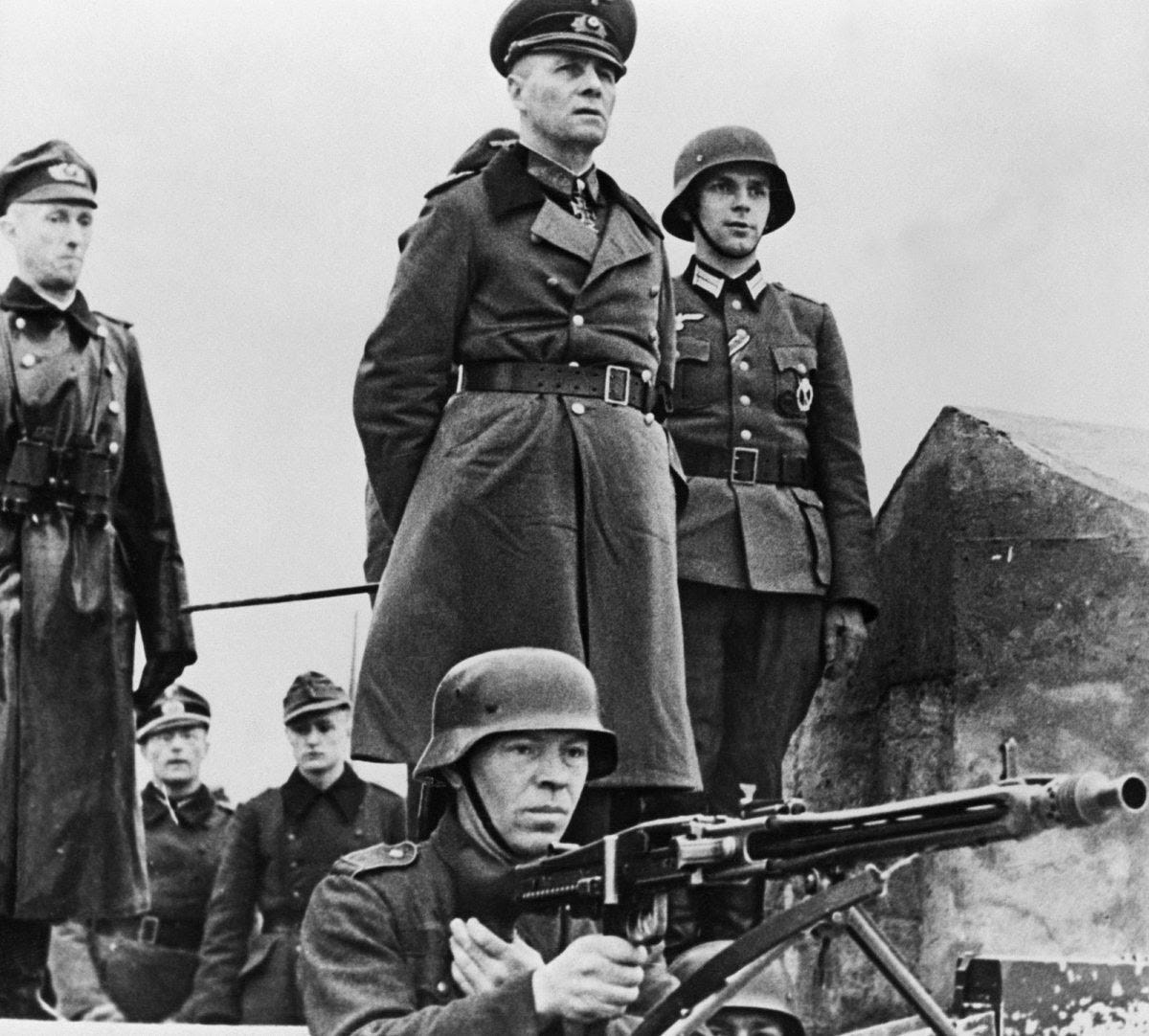

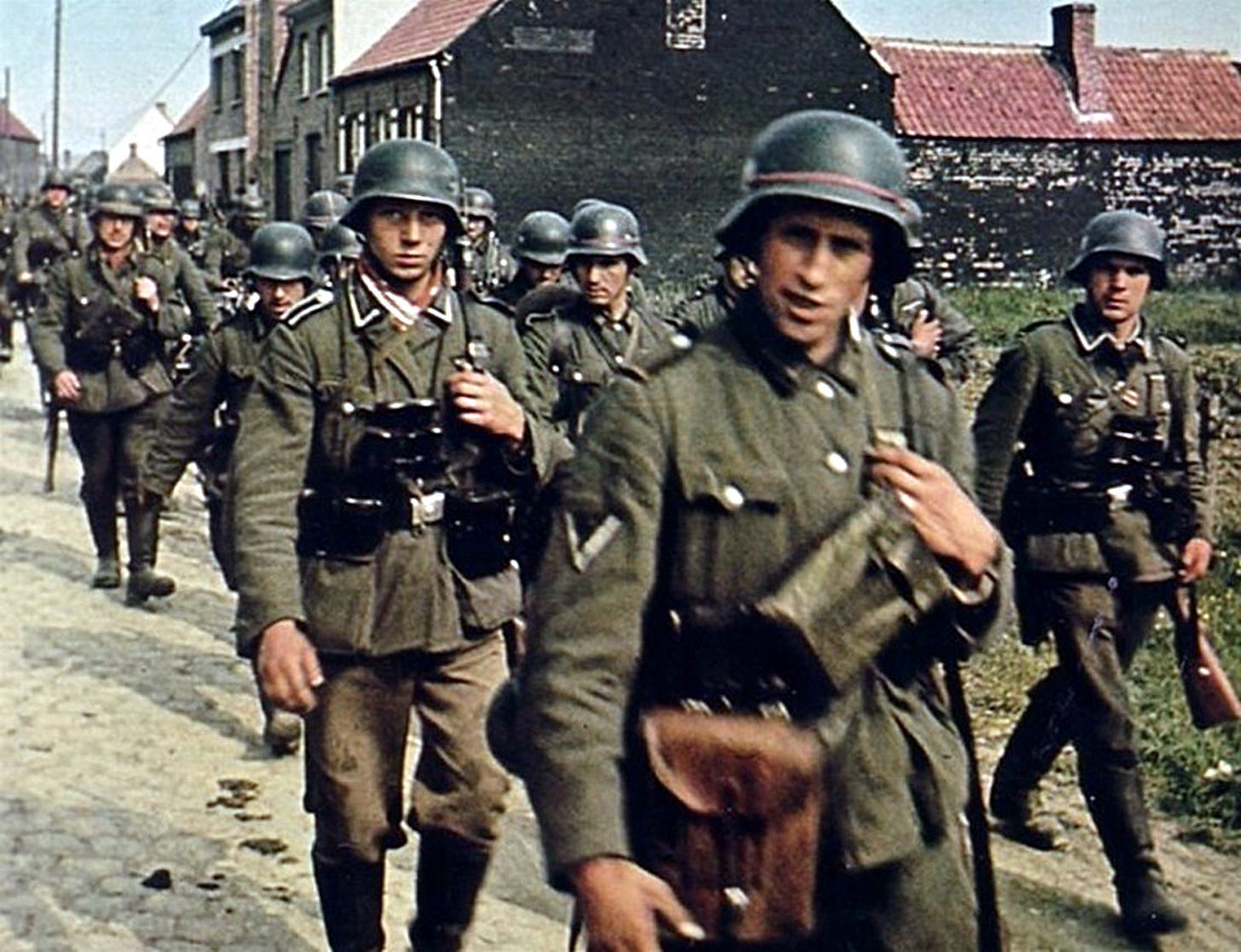




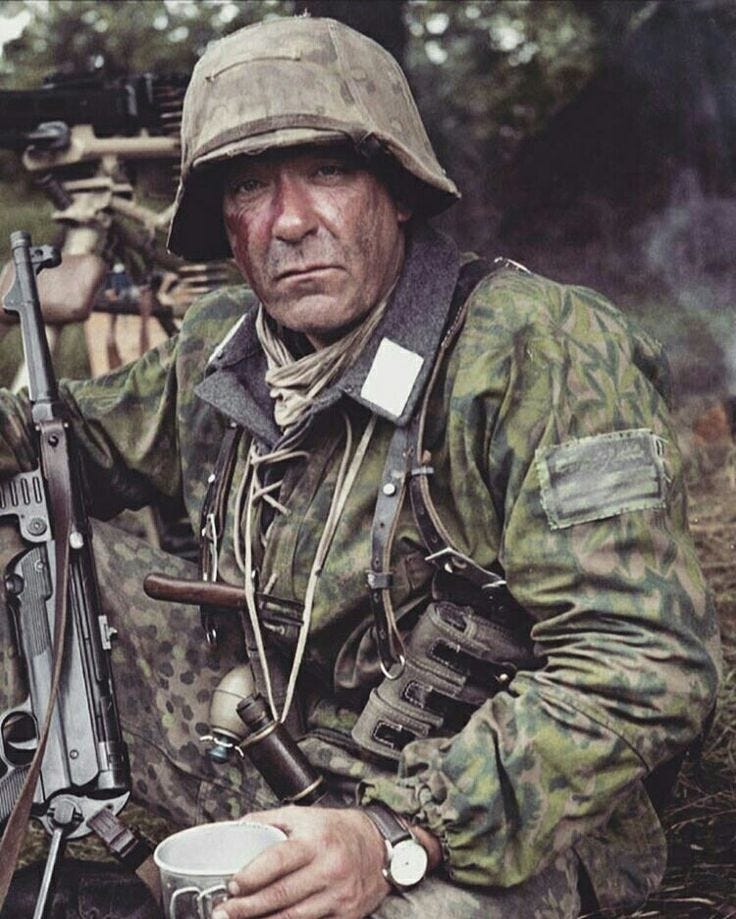

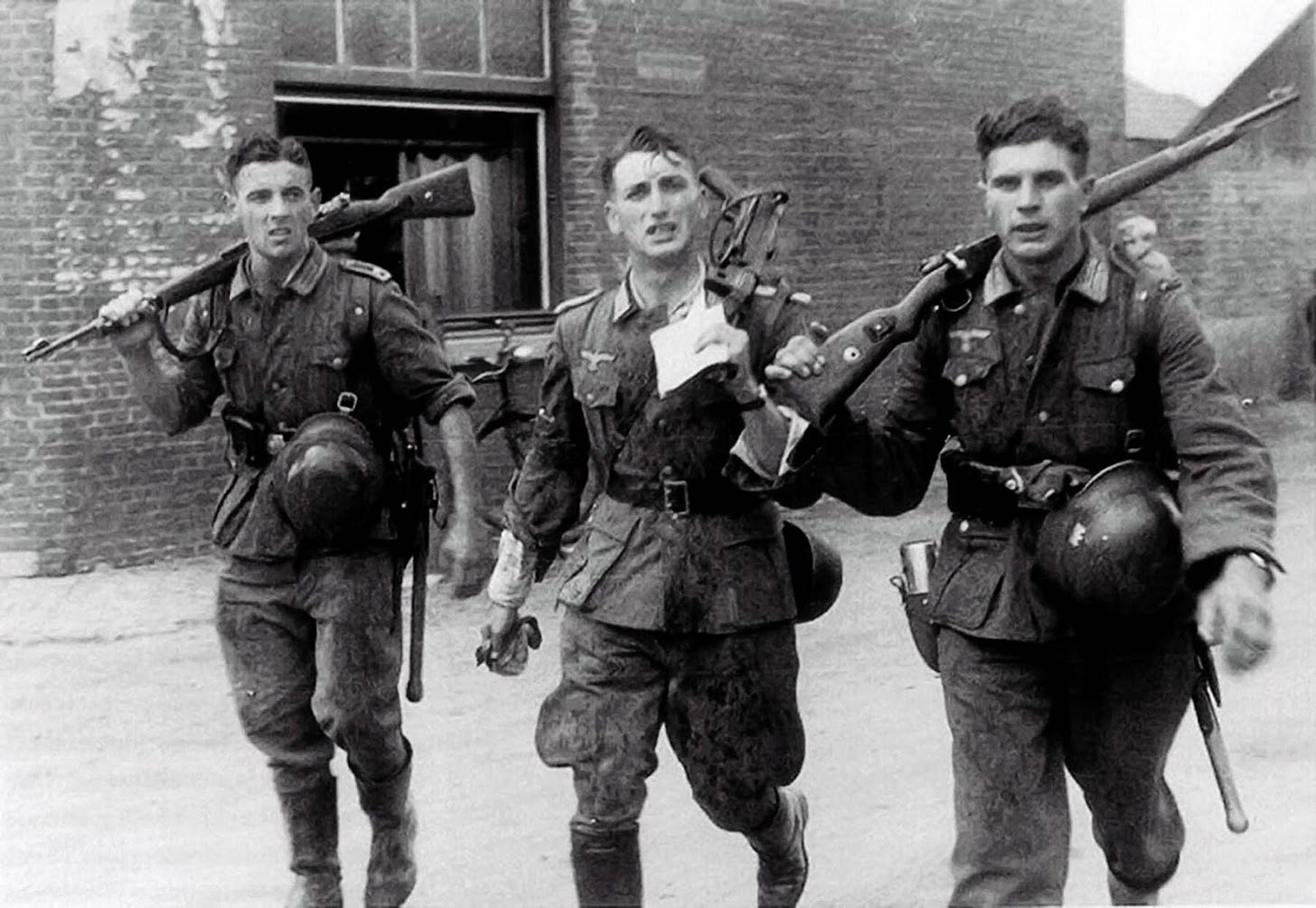


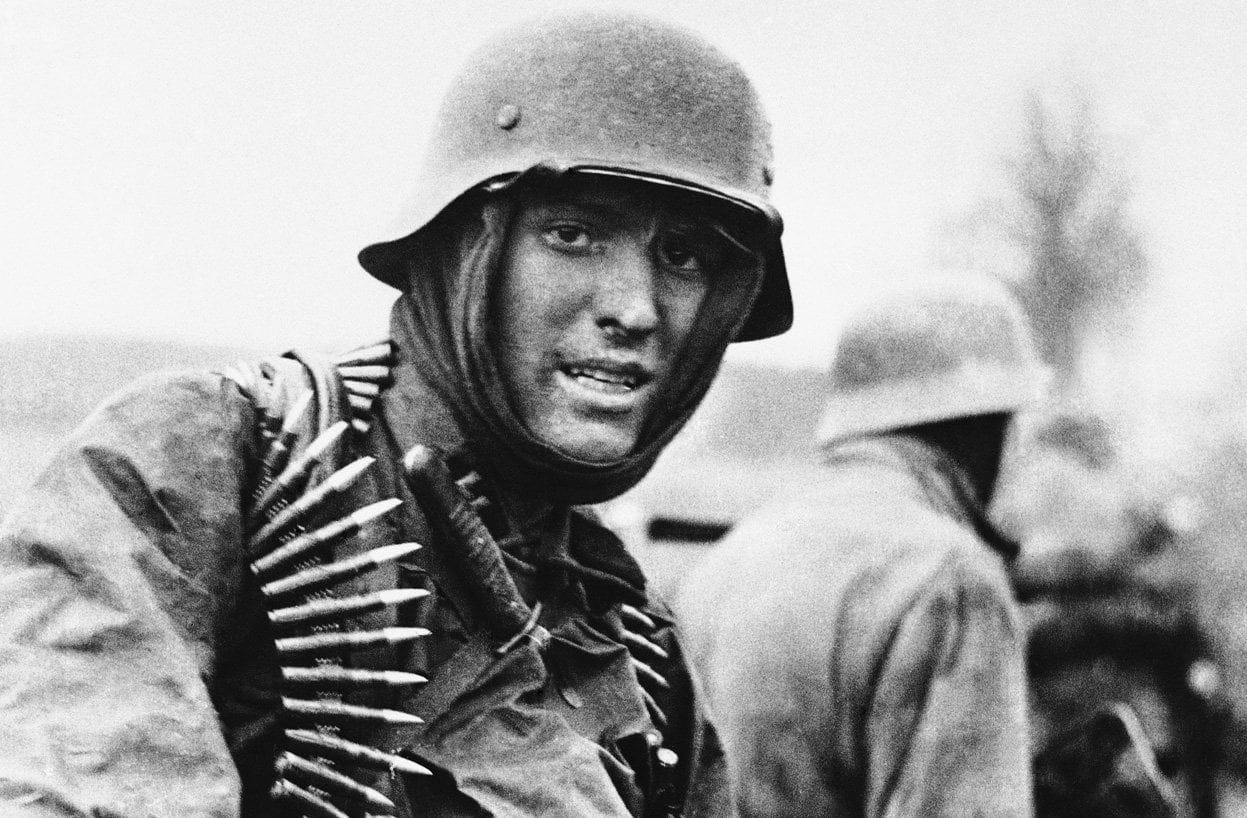
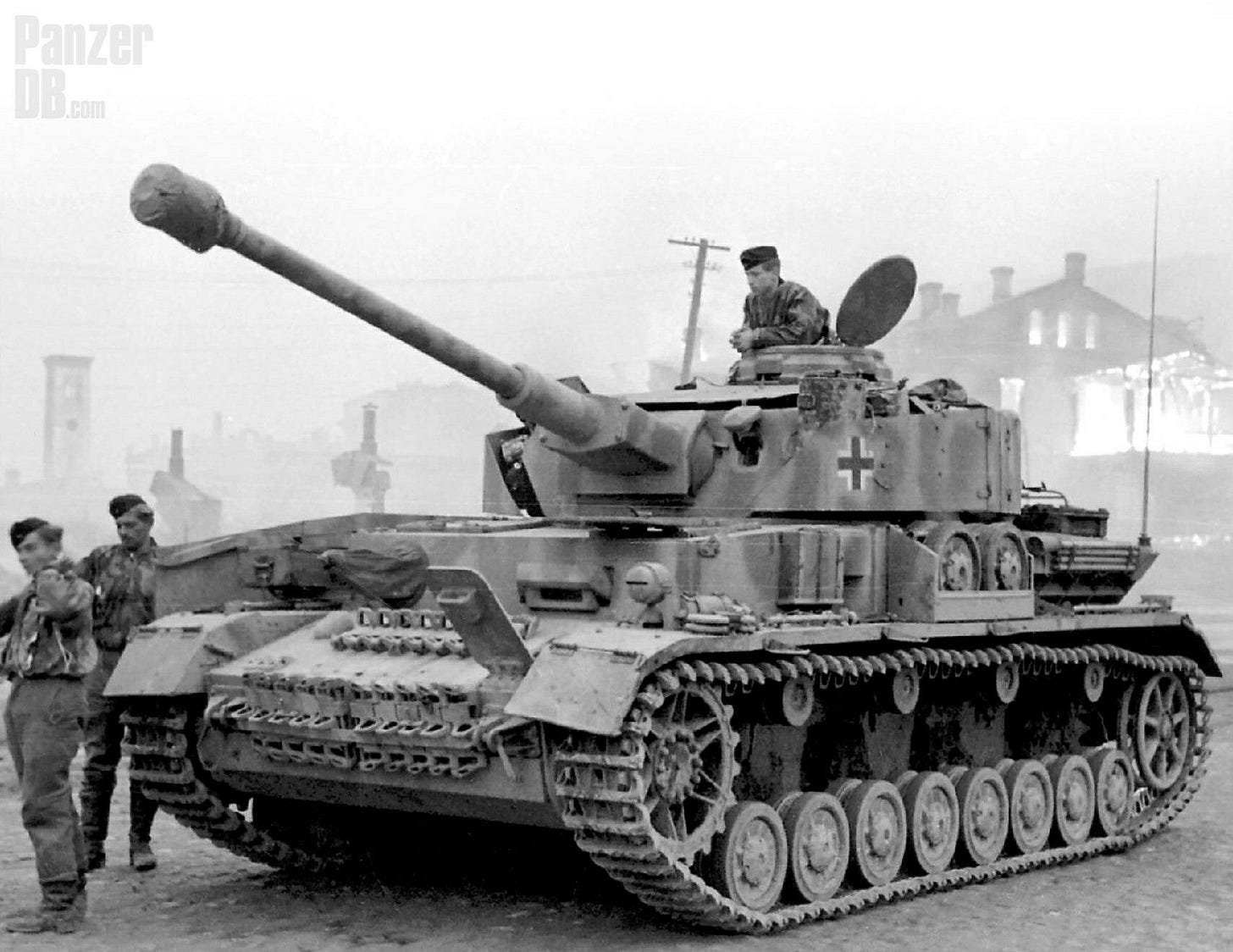
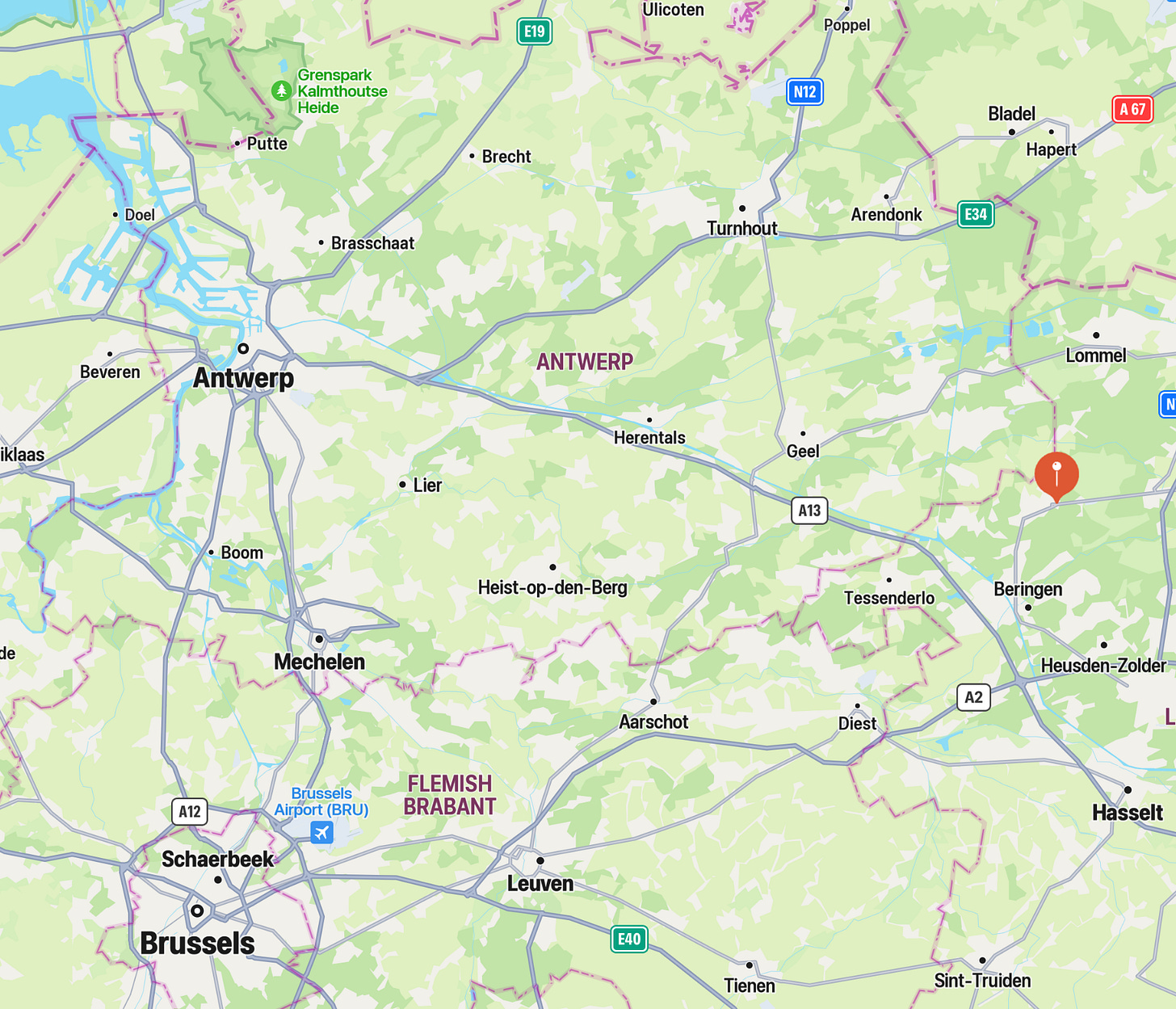

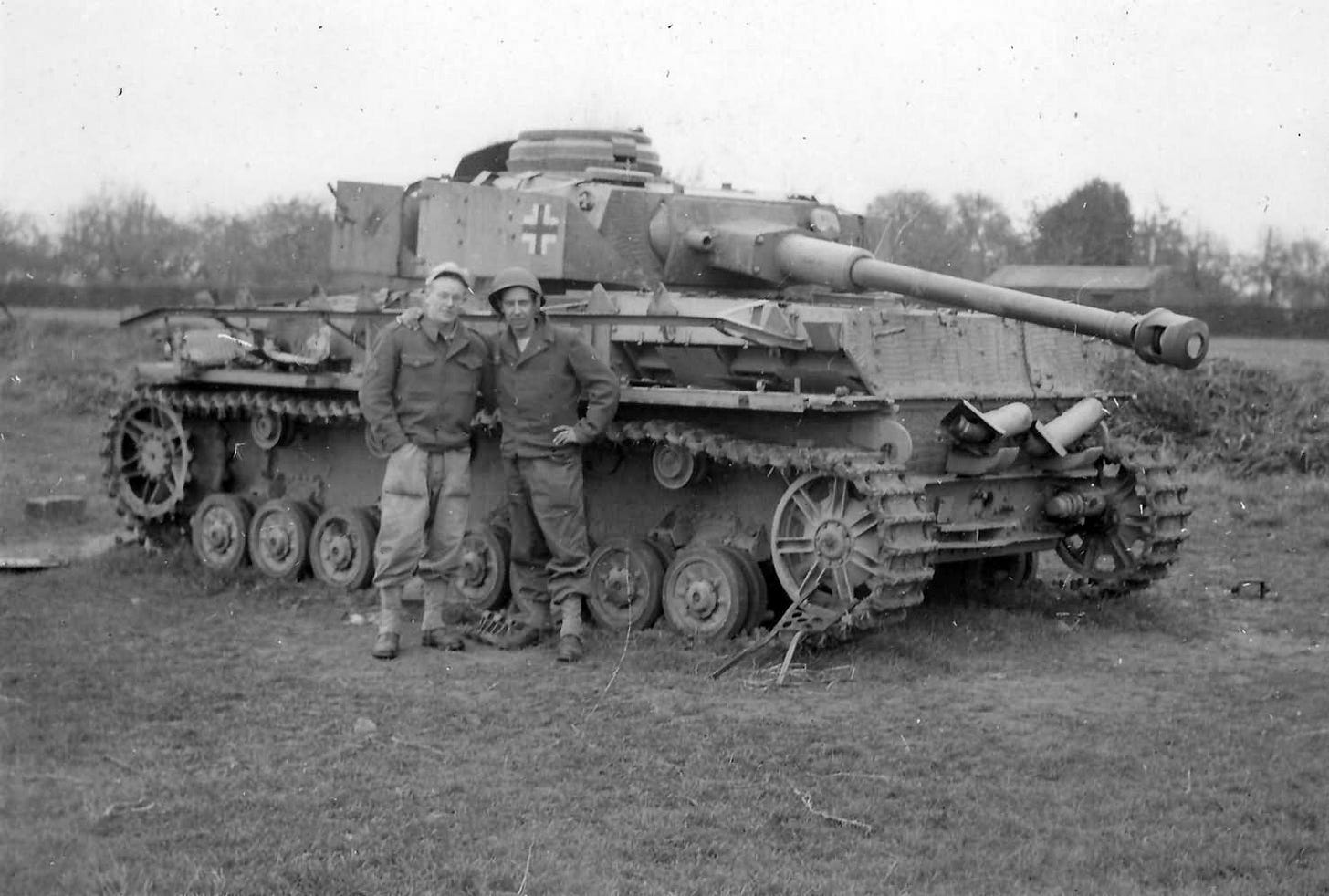
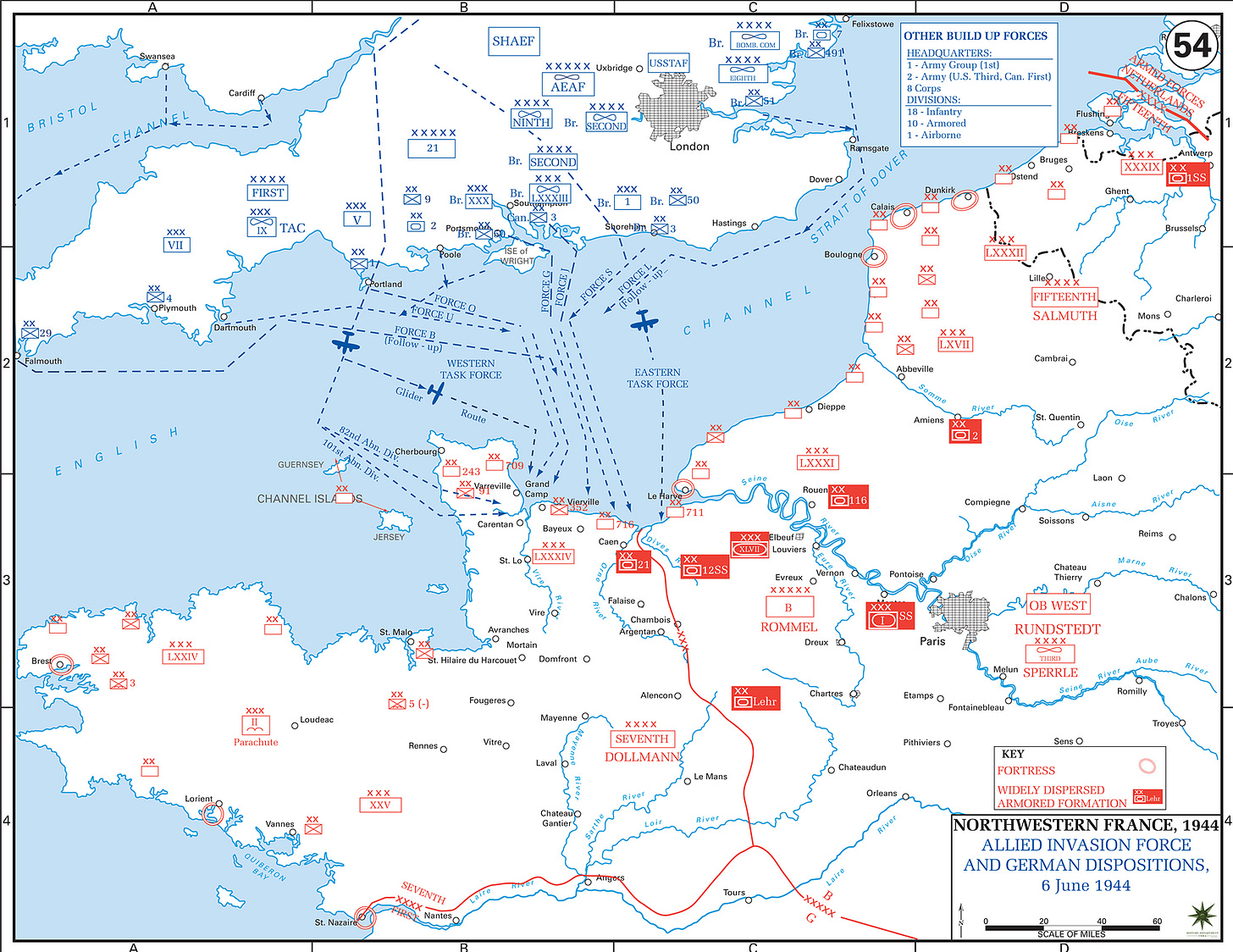
![[Map] Map depicting Allied bomber offensive plans in the Normandy ... [Map] Map depicting Allied bomber offensive plans in the Normandy ...](https://substackcdn.com/image/fetch/$s_!xV8O!,w_1456,c_limit,f_auto,q_auto:good,fl_progressive:steep/https%3A%2F%2Fsubstack-post-media.s3.amazonaws.com%2Fpublic%2Fimages%2F6b65f244-79f5-4562-9951-601a3bc0609c_1265x966.jpeg)



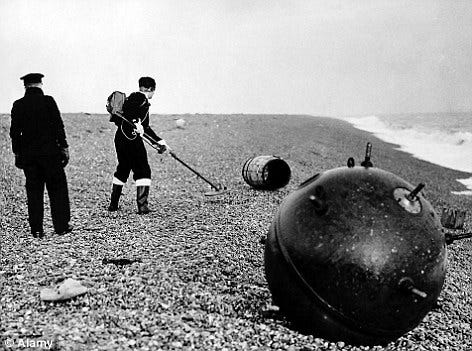
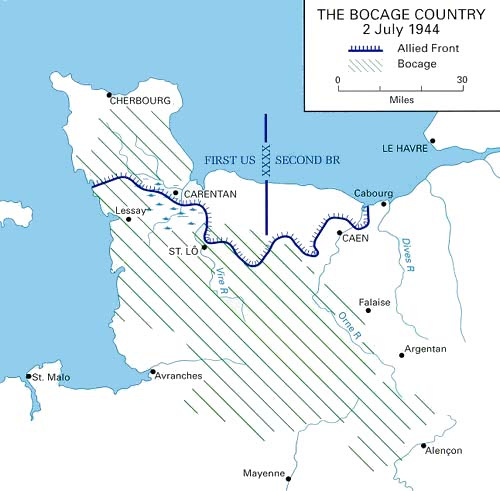


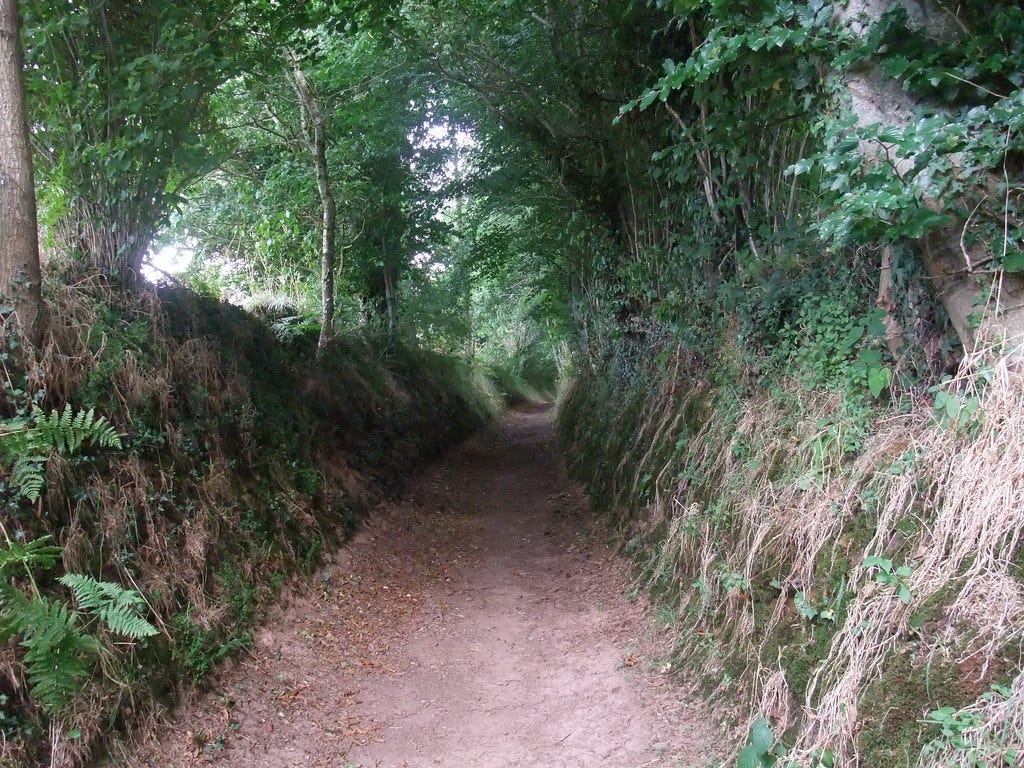
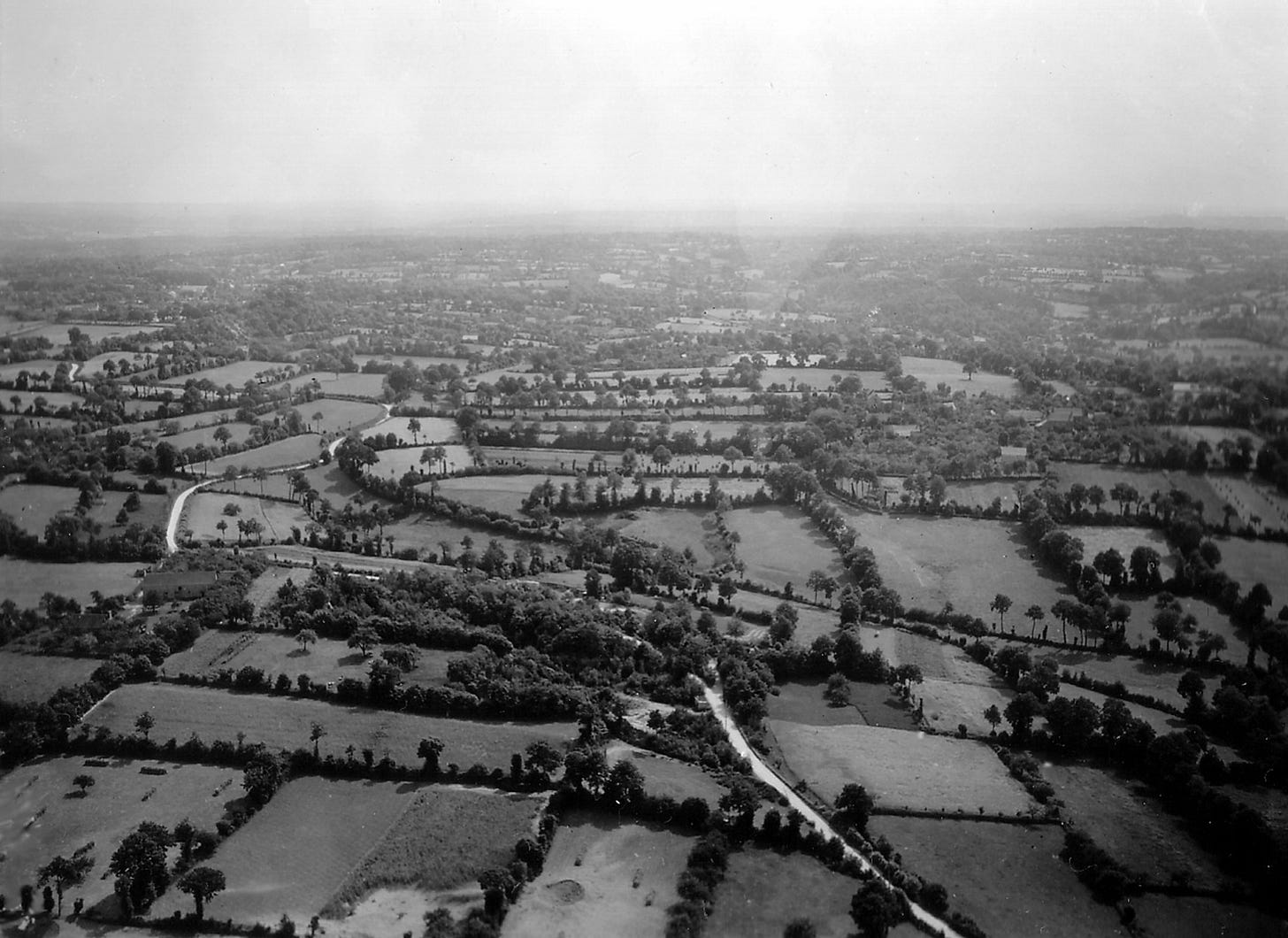

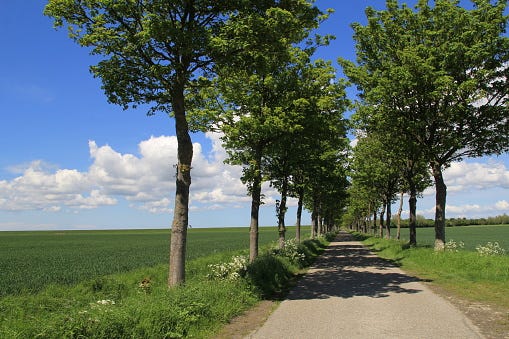

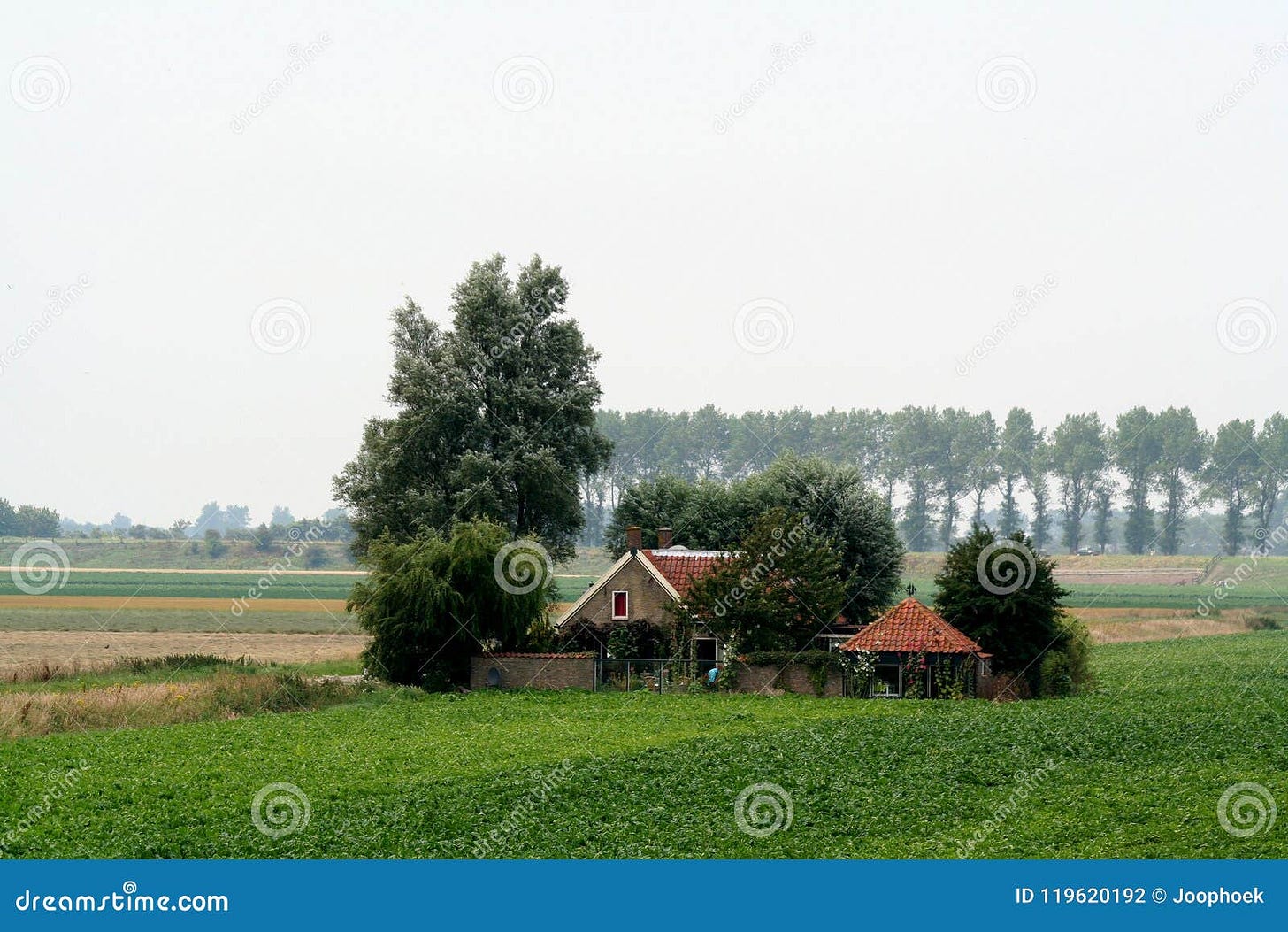
Very interesting. Of course, I always keep in mind that we are trying to second guess thinking from 80 years ago with the decision makers long since gone. Also, given how close Germany was to Antwerp we have to consider the potential that Germany could bring in reserves directly from the homeland and perhaps the eastern front to some degree.